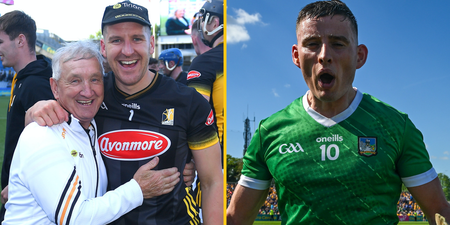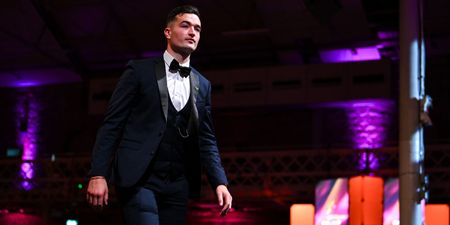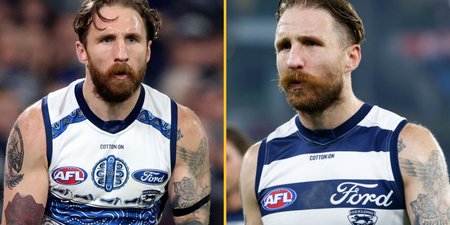Michael Fennelly wishes he’d started as young himself.
The Ballyhale Shamrocks man was such a mainstay in the Kilkenny hurling team for so long that it’s easy to forget how injury ravaged the latter years of his career were.
He doesn’t forget though, how could he?
Prior to 2012, it was nothing out of the ordinary. A few bones broke here and there, standard procedure for a hurler. But from 2012 on, little, nagging injuries started to accumulate and it wasn’t long before they turned to persistent, debilitating sagas.
From a broken metatarsal in 2011 to ankle ligament injuries in both feet and then on to hamstring problems. No injury was as curtailing, however, as the back problem that began playing up in 2013 and stayed with him up until his retirement from inter-county hurling prior to the 2018 season.
Managing it meant training by himself regularly, occupying the physio bench at every second training session and all of the setbacks lend even further prestige to his achievements during that time and how he well he hurled for them considering.
“That was tough and you do feel outside of the camp even to be honest at times,” he said to us this time last year.
Nowadays, Fennelly is still hurling away with Ballyhale Shamrocks, looking as good as ever in their county and Leinster victories last year and by day he’s a lecturer of Strength and Conditioning in LIT and a performance coach for the Kildare footballers.
While his background in S and C has taught him plenty and undoubtedly has a lot to do with his sprightly form for his club at 33, it’s also opened his eyes as to why these injuries kept on striking him and how he could have avoided them.
He penned an article for the Setanta College website recently in which he makes the point that building a decent foundation in S and C from a young age can help to prevent such muscle injuries down the line.
“A young 19-year-old coming onto a senior team is a big ask on the physical load but, if they have a decent foundation laid in S&C it can help with injury prevention and surviving those physical elements in your first couple of years,” he begins.
He’s not talking about lifting heavy weights from a young age, more-so getting all the functional movements right such as squats, lunges and deadlifts – the resistance exercises.
“I firmly believe in introducing resistance exercises in sport at the age of six upwards (once a child can take instruction) to increase strength, mobility & flexibility.”
Not only does it improve agility and mobility, it also prepares a youngster for their first proper weights programme, one that usually arrives between the ages of 18 and 20 – a stage when a good technique is crucial.
“At the stage of late teens and early 20’s, athletes are expected to start lifting weights with little or no practice in technique and in most cases have developed poor mobility and weak muscles and joints.”
The well-written article really is worth the read and you can give it a glance here.
One of Ireland's most decorated hurlers, @MFennellyKK, talks about how strength and conditioning can be incorporated at a young age to increase mobility, strength, and flexibility. https://t.co/OdN5b7fj3d
— Setanta College (@SetantaCollege) January 7, 2019




















































